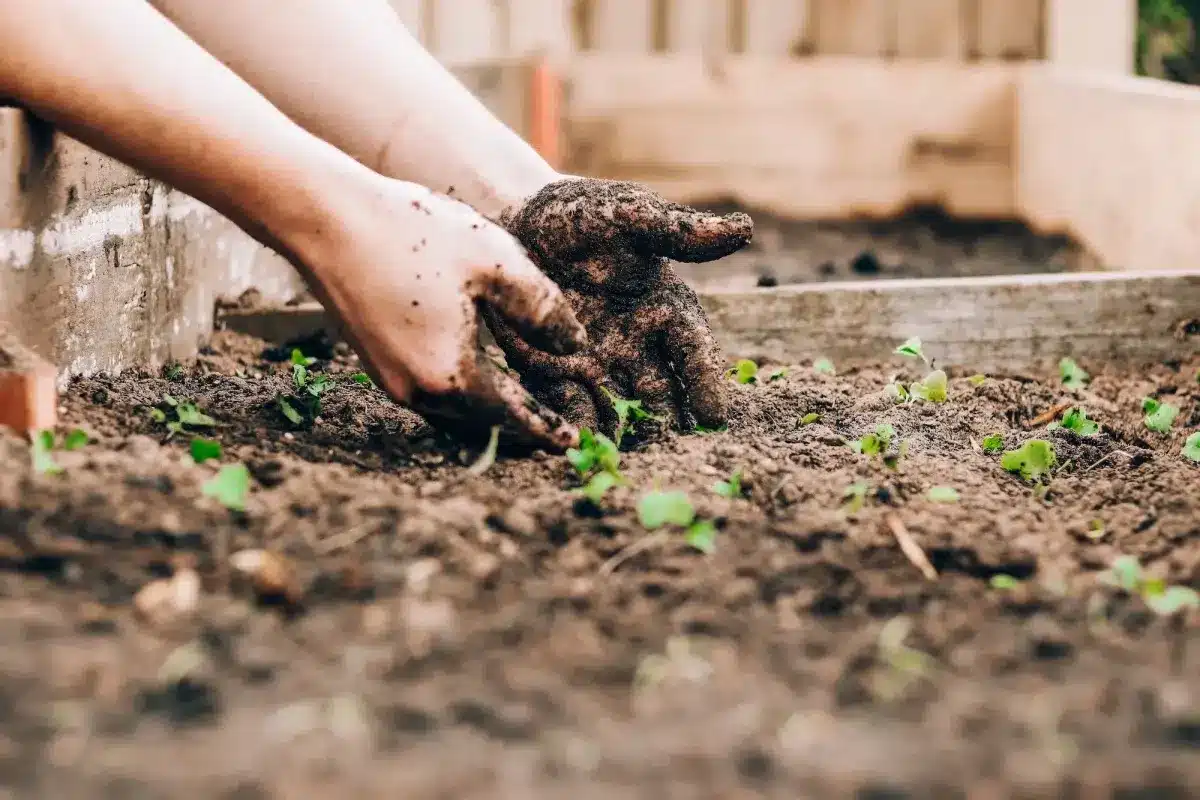Creating a beautiful and productive home garden is one of the most rewarding hobbies you can enjoy—no matter where you live in the United States, United Kingdom, or Canada. Whether your goal is to grow fresh vegetables, colorful flowers, or a peaceful outdoor escape, this ultimate guide will help you build a thriving space with confidence. In this article, Your ultimate guide to home garden! is explained step by step to help beginners and seasoned gardeners grow smarter, save time, and enjoy a lush, healthy landscape.IntroductionGardening at home brings endless benefits: fresh produce, vibrant blooms, improved air quality, stress relief, and a sense of accomplishment. In Your ultimate guide to home garden!, we’ll explore practical techniques, essential tools, planting tips, and clever ways to turn even the smallest space into a thriving garden. Whether you’re working with a balcony, backyard, raised beds, or containers, you’ll find inspiration and easy-to-follow advice to grow confidently.THE ULTIMATE HOME GARDEN GUIDEH2: Choosing the Right Garden StyleBefore you start planting, decide which type of garden suits your lifestyle and available space.H3: Vegetable & Herb GardensPerfect for improving your diet and reducing grocery bills, vegetable and herb gardens are easy to manage and highly rewarding. Tomatoes, peppers, lettuce, basil, parsley, and mint grow well in many climates across the U.S., U.K., and Canada.H3: Flower GardensIf you want a colorful, decorative space, consider annual flowers like marigolds and petunias, or perennials such as lavender, black-eyed Susan, and coneflowers. Flowers also attract beneficial insects that help your garden thrive.H3: Container or Balcony GardensIdeal for small spaces, container gardens allow you to grow herbs, vegetables, and ornamentals using pots, baskets, and planters. Choose compact or dwarf plant varieties for best results.H2: Preparing Your Home GardenProper planning ensures healthier plants and higher yields.H3: Assess SunlightMost vegetables and flowering plants need 6–8 hours of full sun daily. Observe your garden area to identify sunny, partially shaded, and shaded zones.H3: Test and Improve Your SoilHealthy soil is the foundation of a successful garden.Add compost for nutrientsMix in organic matter to improve drainageUse peat-free options when possible (especially in the U.K.)Consider raised beds if your soil is rocky or clay-heavyH3: Plan Your LayoutA well-designed layout keeps maintenance easier.Place tall plants (corn, tomatoes, sunflowers) at the backPut herbs and small flowers near the frontKeep frequently harvested crops near walkwaysSpace plants properly to improve airflow and prevent diseaseH2: What to Plant in Your Home GardenYour location determines which plants will thrive. This part of Your ultimate guide to home garden! gives region-friendly picks.H3: For the United StatesWarm climates: Peppers, okra, sweet potatoes, zinniasCooler climates: Kale, carrots, radishes, dahliasH3: For the United KingdomVegetables: Peas, cabbage, leeks, potatoesFlowers: Foxgloves, geraniums, delphiniumsH3: For CanadaCold-tolerant options: Swiss chard, spinach, onions, pansiesShort-season crops: Bush beans, cherry tomatoesH2: Watering Techniques for a Thriving GardenWatering is one of the most important elements of Your ultimate guide to home garden!.H3: Water Deeply, Not FrequentlyDeep watering encourages strong roots. Shallow watering leads to weak plants that dry out quickly.H3: Water in the MorningThis reduces evaporation and prevents nighttime moisture that may cause fungal diseases.H3: Use Mulch to Keep Soil MoistMulching with bark, straw, or shredded leaves:Reduces weedsMaintains steady soil temperatureMinimizes watering needsH2: Fertilizing Your Home Garden EffectivelyPlants need balanced nutrients (N-P-K: nitrogen, phosphorus, potassium) to grow vigorously.H3: Organic FertilizersCompost, worm castings, and manure release nutrients slowly and improve soil over time.H3: Liquid FertilizersGreat for containers and fast-growing crops—apply every 2–3 weeks.H3: Don’t OverfeedToo much fertilizer can burn roots or encourage leaf growth instead of flowers or fruit.H2: Controlling Pests NaturallyKeeping your home garden healthy doesn’t require harsh chemicals.H3: Companion PlantingSome plants protect each other naturally.Basil repels pests around tomatoesMarigolds deter aphidsLavender attracts pollinatorsH3: Natural Pest SpraysTry simple, safe solutions:Neem oilSoap-water mixture for aphidsGarlic spray for beetles and slugsH3: Encourage Beneficial InsectsLadybugs, bees, lacewings, and butterflies help pollinate and control pests.H2: Seasonal Garden Care TipsEach season brings different tasks in Your ultimate guide to home garden!.H3: SpringStart seeds indoorsPrepare soil and add compostPlant cool-season cropsH3: SummerRegular wateringWatch for pestsHarvest frequentlyH3: FallPlant garlic, onions, and leafy greensClean up plant debrisMulch beds for winter protectionH3: WinterStore toolsPlan next year’s gardenProtect perennials with covers or mulchPractical Tips for Home Garden SuccessHere are extra smart strategies to grow confidently:Start small and expand as you gain experienceChoose disease-resistant plant varietiesLabel plants to avoid confusionKeep pathways wide enough to walk comfortablyRotate crops every year to prevent soil depletionUse rainwater when possible—plants love itKeep a garden journal to track planting dates and harvestsConclusionBuilding a beautiful and productive garden is easier than you think—especially with the step-by-step advice in Your ultimate guide to home garden!. Whether you’re planting vegetables, herbs, flowers, or a mix of everything, smart planning and simple care techniques help you create a lush outdoor space you’ll enjoy year after year. From soil preparation and watering tips to pest control and seasonal care, this guide gives you everything you need to grow smarter and garden with confidence.

